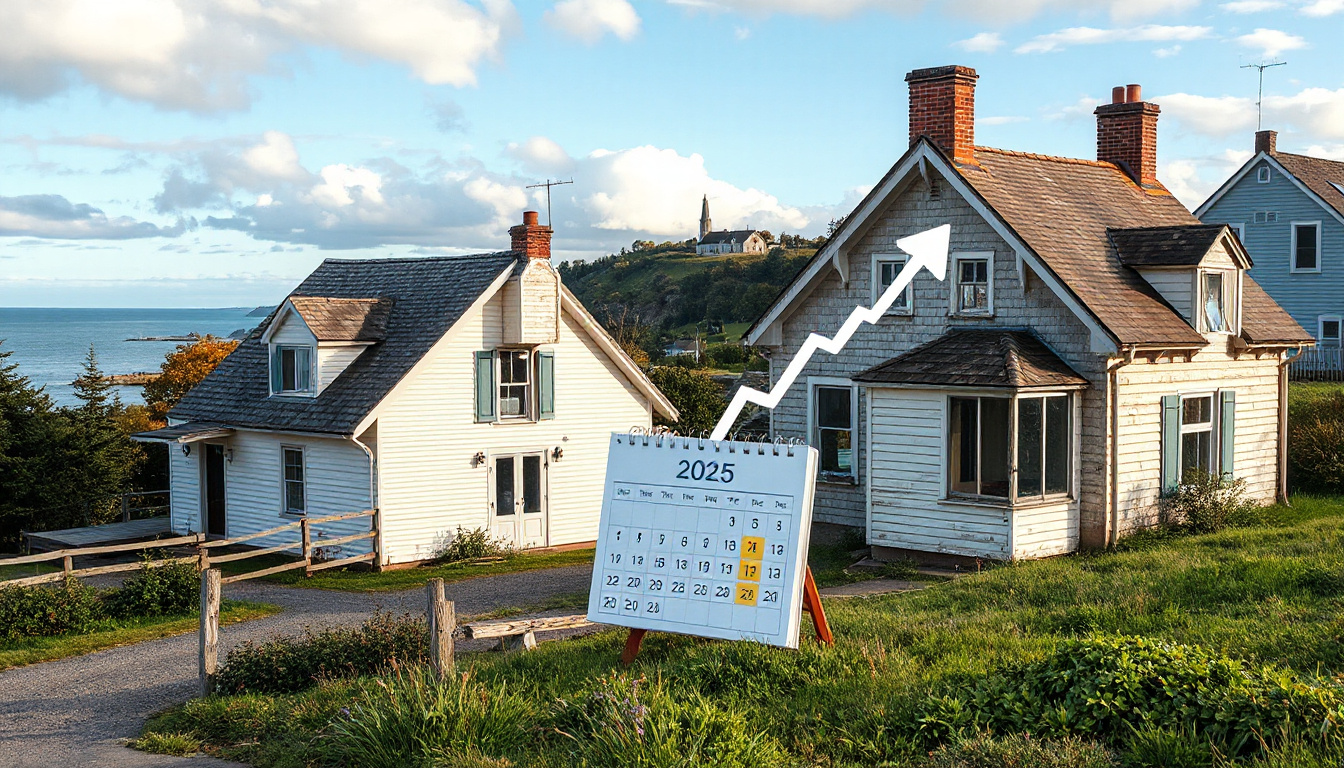Second Home Council Tax: A Growing Concern for Property Investors
As April 2025 comes near, second home owners in England must face higher council tax charges. New rules from early 2024 let local councils add a tax charge of up to 100% on second homes that are not a main residence. This change puts more strain on property investors who already deal with higher stamp duty and limits on mortgage support.
Changes and Implications
From this April, many councils will begin to apply these higher charges. The average yearly council tax on a second home could jump from about £2,171 to £4,342. The aim is to free up housing in areas popular for second homes, where rising property prices have pushed locals out. Over 150 local councils may add this extra tax, especially in holiday home areas like Cornwall, South Hams, and Cumberland.
The main goal of this new rule is to make more homes available for local residents. Property investors should note that council tax bills come in March for use in April.
Local Authority Variances
Property owners across the UK must watch for decisions by their local council. Some councils, such as Bath and North East Somerset, East Devon District Council, and North Yorkshire Council, have shown support for higher taxes. Homeowners in busy tourist areas should check with their local council to see if the extra tax applies. Residents can use this government portal by entering their postcode to find the right council.
Understanding Property Classifications
A property becomes a second home if it is furnished and not used as the main residence. Yet, different areas might decide this in different ways. In Pembrokeshire, for example, a wooden hut was marked as a furnished home. This decision boosted its council tax bill threefold, even though the hut did not support a family.
If investors see an unexpected second home tax bill, they should contact the local council and the Valuation Office Agency. This step can help clear up any doubts about the property’s status.
Different Types of Properties and Their Tax Implications
-
Buy-to-Let Properties: For second homes used to rent out, the tenant usually pays the council tax. In a house in multiple occupation (HMO) where landlords let out single rooms, the owner must pay the tax. They can, however, ask the tenant to cover the cost.
-
Empty Homes: For an unfurnished property empty for more than 12 months, councils can add extra charges. These empty home taxes may go up from 100% to 300%, based on the length of time it stays empty.
-
Holiday Lets: Homes rented for short stays can sometimes avoid council tax if they follow given limits. In England, the property must be available to rent for at least 140 days and must rent out for a minimum of 70 nights. In Wales, the rules need 252 days of availability and 182 nights of rent.
What to Expect Moving Forward
As property rules change, owners of second homes may see more costs and taxes. If the new council tax becomes too heavy, it might be a good idea to think about changing how the property is used. One choice is to switch the home to a holiday let, which can bring lower business rates, or to sell the home instead.
Recent changes in mortgage support rules, together with the new council tax, mean that property investors must keep up with the latest news. In April 2025, some tax support for holiday lets will end. Owners need to check if their property investment still makes sense.
Conclusion
Knowing how the second home council tax works is key for property owners in today’s UK. Keeping up with local council rules, how properties are classified, and possible ways to reduce costs can bring real financial benefits. Property investors should review their plans and check local council sites for the most recent news.
For extra help and news on this topic, please visit:
Disclaimer: This article has been generated by AI based on the latest news from Google News sources. While we strive for accuracy, we recommend verifying key details from official reports.




